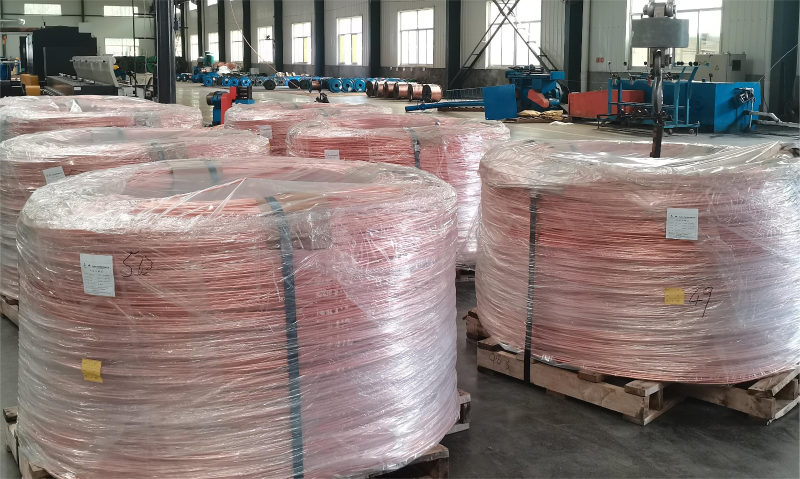Copper and aluminum as commonly used wire and cable metal raw materials for power systems, have their own characteristics, clear the differences between the two in order to do the appropriate materials, make the best use of. Otherwise, it is easy to cause improper use, light line damage, heavy cause fire, you can understand the difference between the two metal materials summarized by Qingdao Tianxing cable factory.
The difference in current carrying capacity: the copper core cable of the same section is about 30% higher than the allowable current carrying capacity (the current that can pass through) of the aluminum core cable.
Voltage loss is different: The resistivity of the copper core cable is low, and the same current flows through the same section. The copper cable has a small voltage drop. Therefore, the same transmission distance can ensure higher voltage quality; In other words, under the allowed voltage drop conditions, the copper cable transmission can reach a long distance, that is, the power supply coverage area is large, which is conducive to network planning and reduce the number of power supply points.
Resistivity difference: The resistivity of the aluminum core cable is about 1.68 times higher than that of the copper core cable.
Energy consumption: Due to the low resistivity of copper, compared with aluminum cables, copper cables have low power loss, which is obvious. This is conducive to improving the efficiency of power generation and protecting the environment.

Heating temperature: under the same current, the heat output of the copper core cable with the same section is much smaller than that of the aluminum core cable, making the operation safe.
Ductility difference: the elongation rate of copper alloy is 20~40%, the elongation rate of electrical copper is more than 30%, and the aluminum alloy is only 18%.
Strength is different: the allowable stress at room temperature is 7~28% higher than that of aluminum. Especially the stress at high temperature, the difference between the two is ver

